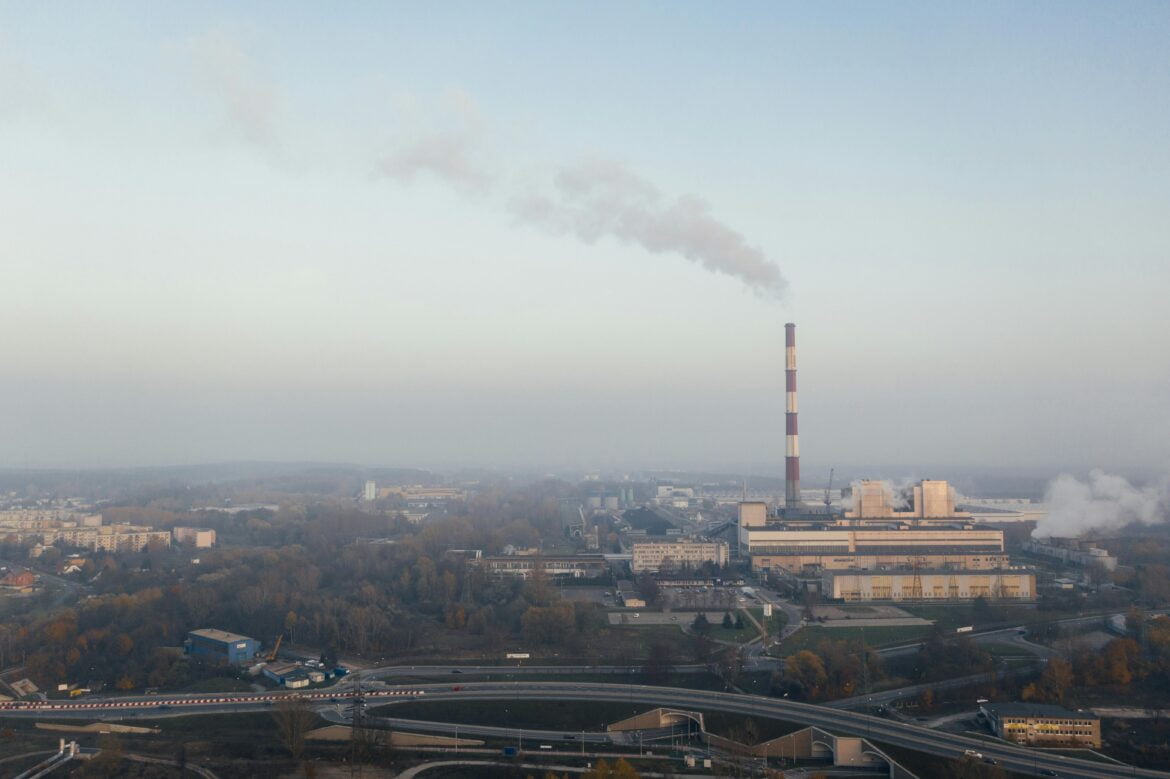Research from the Scripps Institution of Oceanography has found that this year, there has been a record-breaking increase in the CO2 levels in the Earth’s atmosphere.
The Scripps Institution of Oceanography at the University of California, San Diego, found that the monthly average concentration of carbon dioxide in the atmosphere measured at NOAA’s Mauna Loa Observatory in March was 4.7 parts per million (ppm) higher than that recorded in the same month last year.
The Mauna Loa Observatory (MLO) is located on the Mauna Loa Volcano in Hawaii, where CO2 measurements have been taken since 1958 – this is called the Keeling Curve.
It was explained that CO2 concentration tends to rise fast towards the end of El Niño events, and indeed, the latest El Niño has now eased. The last rapid growth period for CO2 levels, for example, was in early 2016, at the tail end of El Niño. Back then, from June 2015 to June 2016, a jump of 4.1 ppm was recorded.
However, according to Ralph Keeling, Director of the CO2 Program at Scripps Institution of Oceanography, the “ultimate reason” for this CO2 rise rate is the continued global growth in the consumption of fossil fuels.
Indeed, it was noted that fossil fuel emissions have increased five per cent from 2016 to today. Moreover, the record from earlier in 2024 shows that the current growth rate is outstripping that seen during the 2016 El Niño.
Keeling warned that if this El Niño follows the pattern of the last El Niño, the world might experience a “very high growth rate for several more months.”



